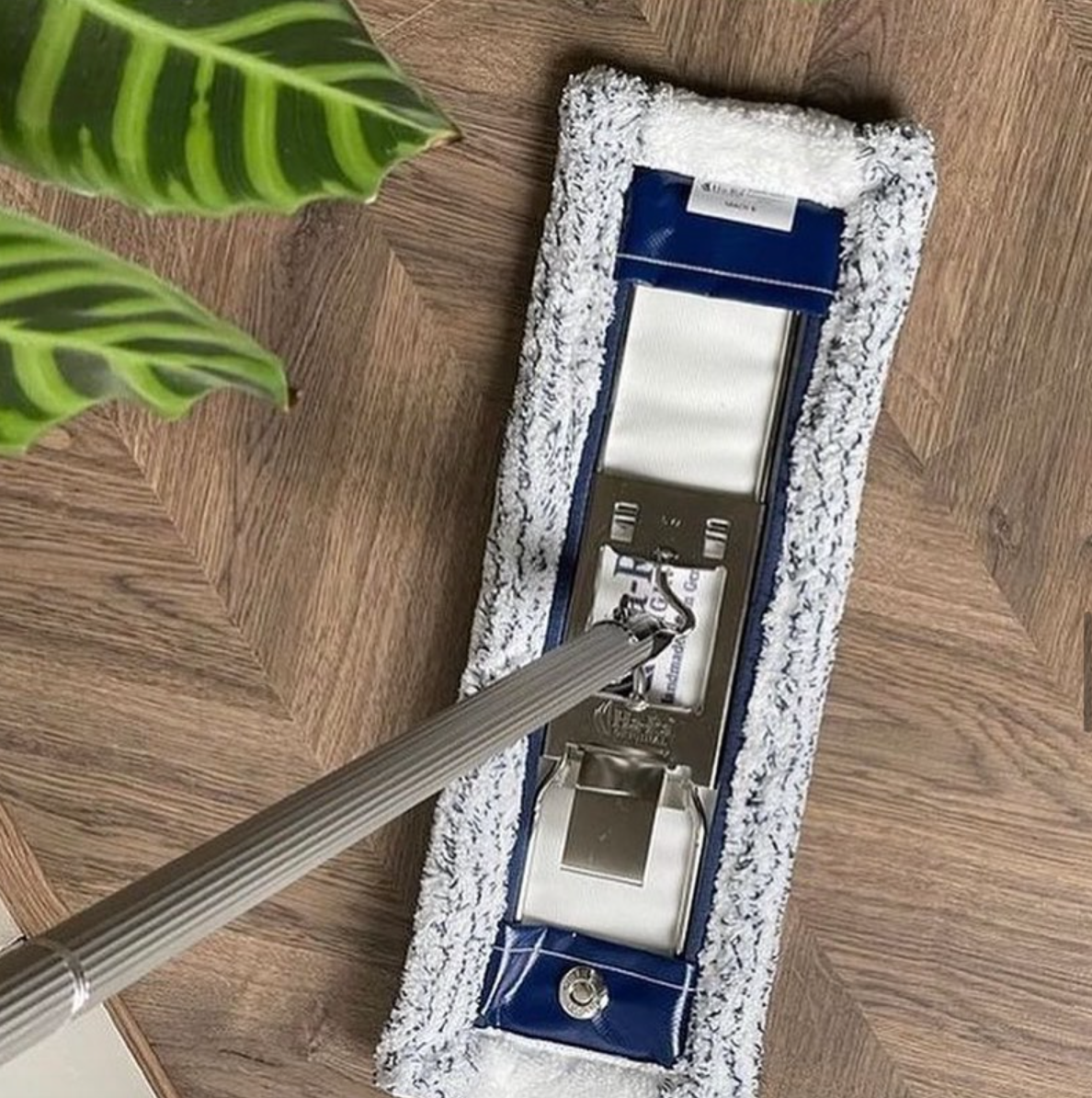I was wondering if anyone had recommendations for chemical-free toiletries.
The problem is that what most people believe about cleaning is that it is hard work and requires mountains of chemicals and detergents to do the job right. This is more the message of clever marketing companies dedicated to selling you more and more products usually comprised of harmful chemicals cocktails to do a job that is never done.
Disinfectant aims to kill any bacteria or microbes. However before disinfecting a surface it needs to be cleaned first. A disinfectant fluid must then touch a bacterial cell, and be absorbed by it, on order to kill it. Little is achieved by pouring a disinfectant solution over a dirty surface as most of the bacteria in the dirt will remained untouched. A greasy surface, such as on a meatslicing machine, will not be effectively disinfected by wiping with a solution because the grease provides a waterproof protection for bacteria on the machine.
Step 1:
Start with the cleanest areas first and work with the Ultra Cleaning Glove from the top down; begin with mirrors, taps and similar fittings, and tiled walls, then do the shower-screen, basins, bath and floors last. Dry-off with the Star Polishing Cloth for a streak-free finish.
Step 2:
Remove calcium build up with natural citric acid eg. Kalkex, just apply, let it sit for a while and then rinse it off. Note: don’t use this product on marble or similar surfaces.
Step 3:
Windows, mirrors and shower-screens should be cleaned regularly but shouldn’t be covered in chemicals – this leaves a film and actually makes it dirtier, you’ll notice it steams up so much more as the steam clings to the chemicals. Using fibres and water will provide a better clean without residue and will stay cleaner for longer.
Step 4:
The most common reason for smelly toilets is a build-up of urine lurking in areas you can’t get to, such as behind the toilet bowl and under the seat. To clean your toilet, remove the seat (by loosening the two wing-nuts under the seat), and wipe out the whole area and dry it off to prevent any bacteria growth.
Step 5:
If you are having mould problems on ceilings and other painted surfaces, use a damp fibre cloth and then simply wipe and the job is done. You don’t need to ‘kill’ the mould, just remove the moist that allow it to grow and allow an airflow throughout the room.







